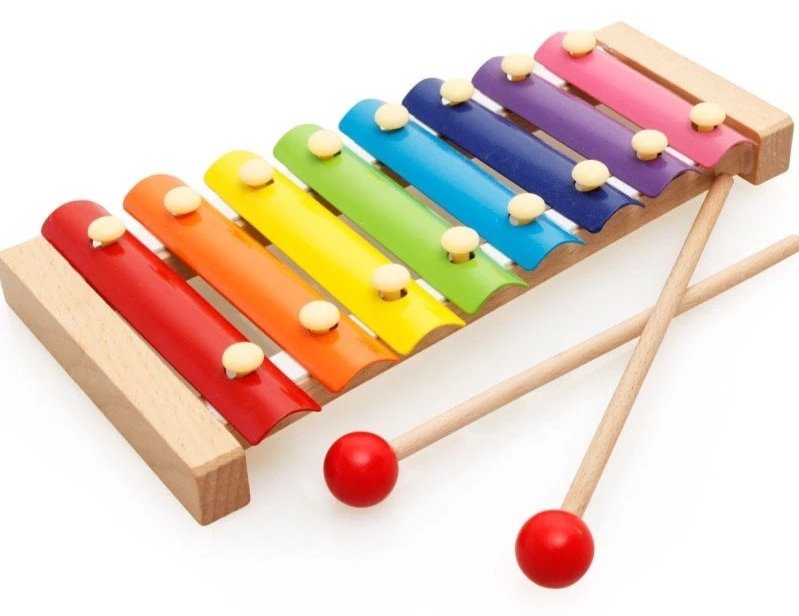Synesthesia and Chromesthesia: Seeing Colors through Music
I came across a word when I was reading the book Two Beats Ahead by Panos Panay and R. Michael Hendrix. I became pretty mesmerized by it. Merriam-Webster defines Synesthesia as: a subjective sensation or image of a sense (as of color) other than the one (as of sound) being stimulated. From the Greek, it loosely means a union of the senses or joint perception. Say what?
But then there was a term that connected that even further through music, it’s called Chromesthesia. Synesthetes, or people with this type of trait, are able to see colors or shapes when they experience sound or play music.
This isn’t some psychedelic acid trip or some Absinthe induced dream state where you are seeing fairies. Remember the scene in Almost Famous when young William was on the phone telling his mother that he won’t be back for graduation. Penny Lane and her friend start talking to him, and she yells, “Your aura…..your aura is purple.” She may have had this trait, but more than likely it was the drugs talking.
Synesthesia and Chromesthesia are neurological traits, kind of like having perfect pitch, for example. This topic took me down a rabbit hole of further reading and exploration. Specifically about colors.
I began to think about my childhood. First I was thinking about why the Fisher-Price magnetic alphabet were all different colors. Or why did they create a puzzle map of the United States with different color pieces? You know, when I first flew on a plane when I was very young, that was the first thing that struck me—when we flew over a different state, why wasn’t it a different color like the puzzle? Sounds silly, but when you’re a kid, you take things more literally. What about the old xylophone where each metal bar was color coded. I know they were trying to differentiate the individual notes, but I wonder when Fisher-Price was creating all of these objects they were in some way triggering something in our adolescent brains that would cause this process of Synesthesia and Chromesthesia to occur as we developed. I have no idea, but these are the things that go through my head.
I’ve heard of musicians referring to music as colors and shapes, they even mentioned a few artists with this talent in the book that I mentioned above. Then there are other musicians that use it as a figure of speech, as John Mayer did during a clinic at Berklee College of Music in 2008 about chord shapes, he said, “it’s mostly colors and shapes now”.
My interest in music and how the brain perceives it prompted me to pick up the book This Is Your Brain On Music by Daniel J. Levitin. I hope that it brings some clarity to some of the thoughts that I have presented today as well as learn some more facts that I can share with you in the future.
Jason Landry is a musician, artist, and radio DJ. He creates electronic music and writes about music and art. www.jasonlandry.com



